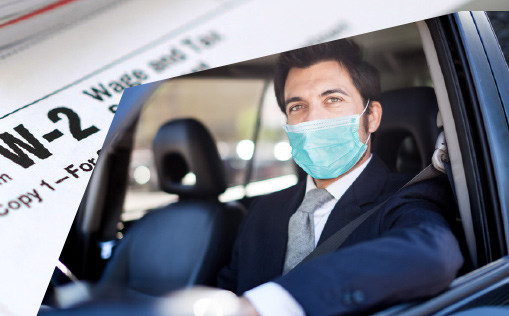By Chris Przybylski

Work in many parts of the country is slowly returning, but does that mean just call up your drivers and offer them a set of keys? Maybe.
How did they leave?
Most companies have handled drivers during COVID in one of three ways: official furlough, official termination, or just reduced (often zero) hours. The best option forward for your company may vary, so we will explore each separately.
Furloughed Drivers
To qualify for this option the driver must have completed a self-certification and annual review within the last 12 months. Drug and Alcohol Clearinghouse queries must have been completed for CDL drivers. The driver also must not have had a gap of more than 12 months between their submitted motor vehicle records, and CDL drivers must have remained in a random drug testing pool.
For these drivers to return, do the following:
- Collect a previous employer record for any new employers.
- Verify hours of service over the last 7 days.
- Verify current medical card.
- Verify current city, state, or airport permits.
- If required by your state, have driver complete non-DOT drug test.
For many companies, the best option post-pandemic was to terminate, but eventually rehire, drivers who have not been working. This allows the company the chance to correct any missing DOT paperwork and ensure clean records going forward.
If a terminated driver returns, complete the following:
- Notification of rights
- Driver specific application
- Previous employer safety checks
- Driving records check
- Driver medical card
- Self-certification and annual review
- Receipt of Federal Motor Carrier Safety Regulations
- Road test and certification (non-CDL)
- Receipt of substance abuse policy (CDL)
- Self-certification of substance abuse testing (CDL)
- Consent for Clearinghouse queries (CDL)
- Full Clearinghouse query
- Pre-employment drug test (CDL)
Additional Considerations
While each company’s situation is unique, here are some things to consider when deciding how to bring back drivers.
- ❱ State employment laws
- ❱ Local licensing requirements
- ❱ Benefits administration
- ❱ Current level of compliance
- ❱ Financial costs associated with onboarding
Chris Przybylski is the co-founder of LBC Fleet. He can be reached at chris@lbcfleet.com.

